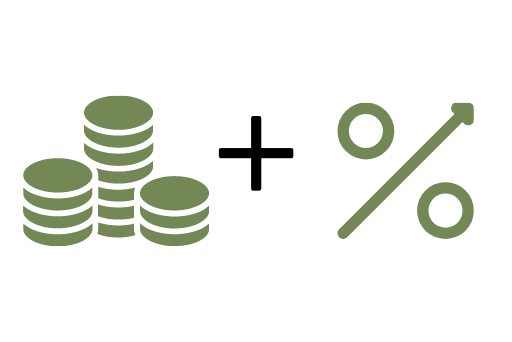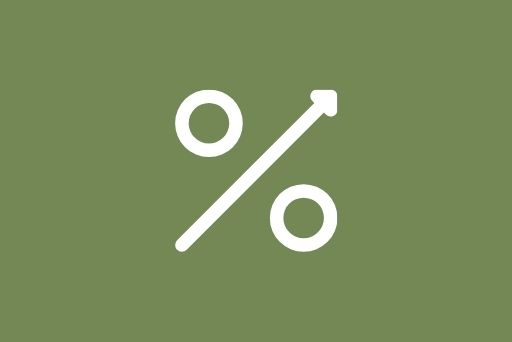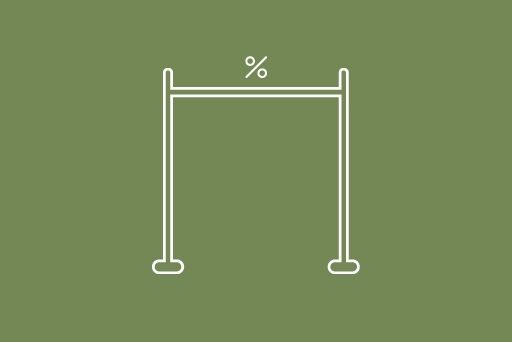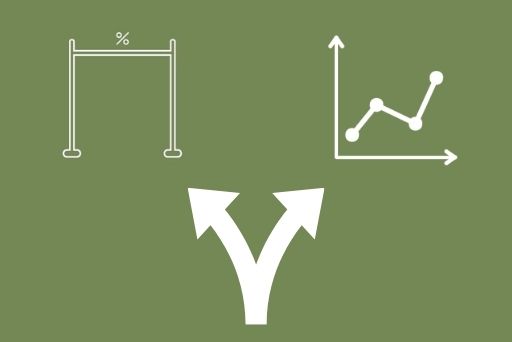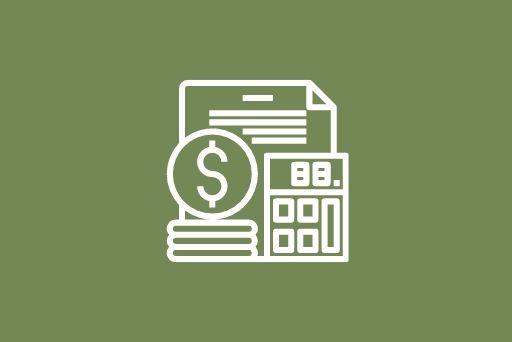PRINCIPAL + INTEREST LOAN
This is the most common type of home loan, and involves paying down the principal (the amount borrowed) as well as the interest. Over the full term of the loan, you will pay less interest as the balance is reduced by each payment. Principal + interest loans generally have lower interest rates.
